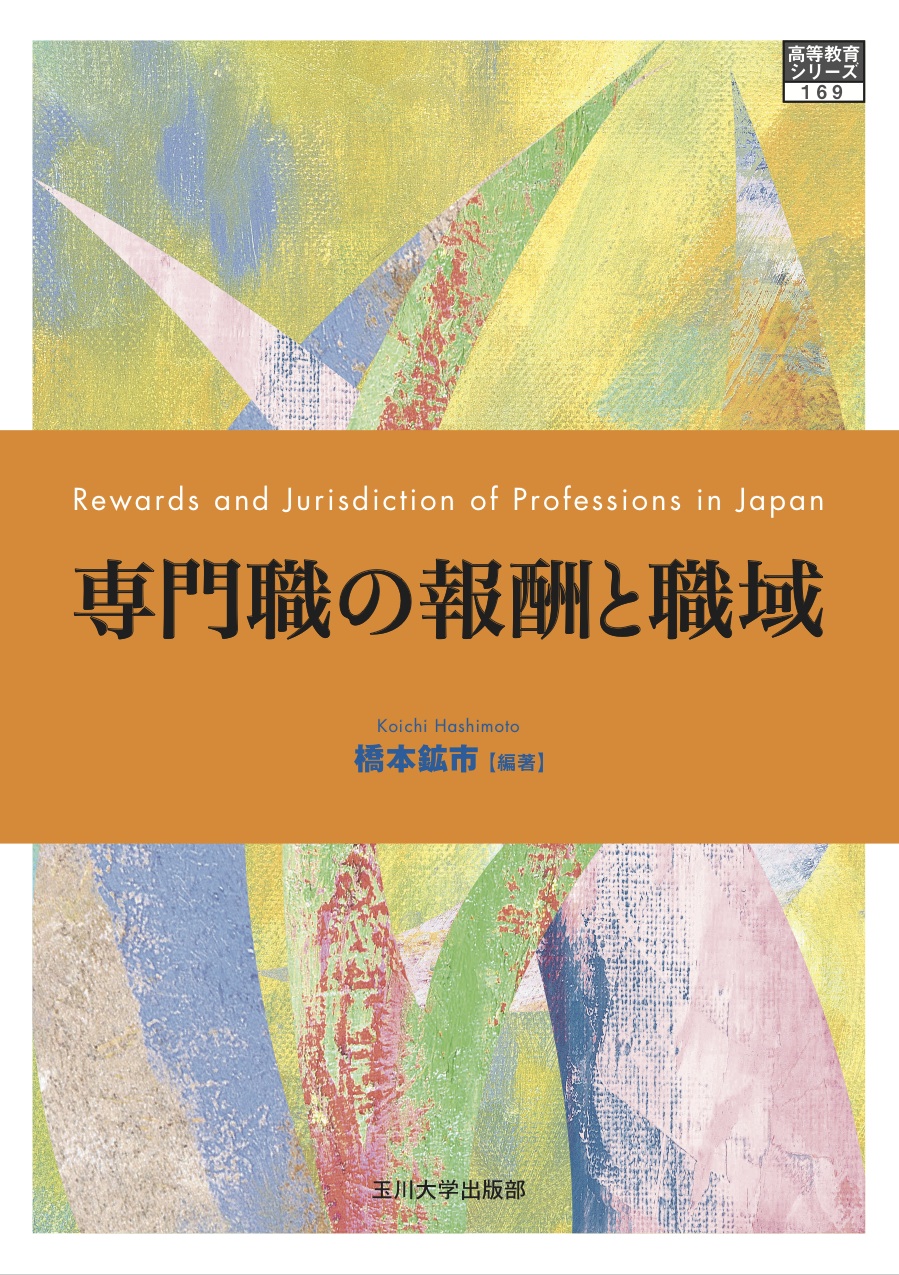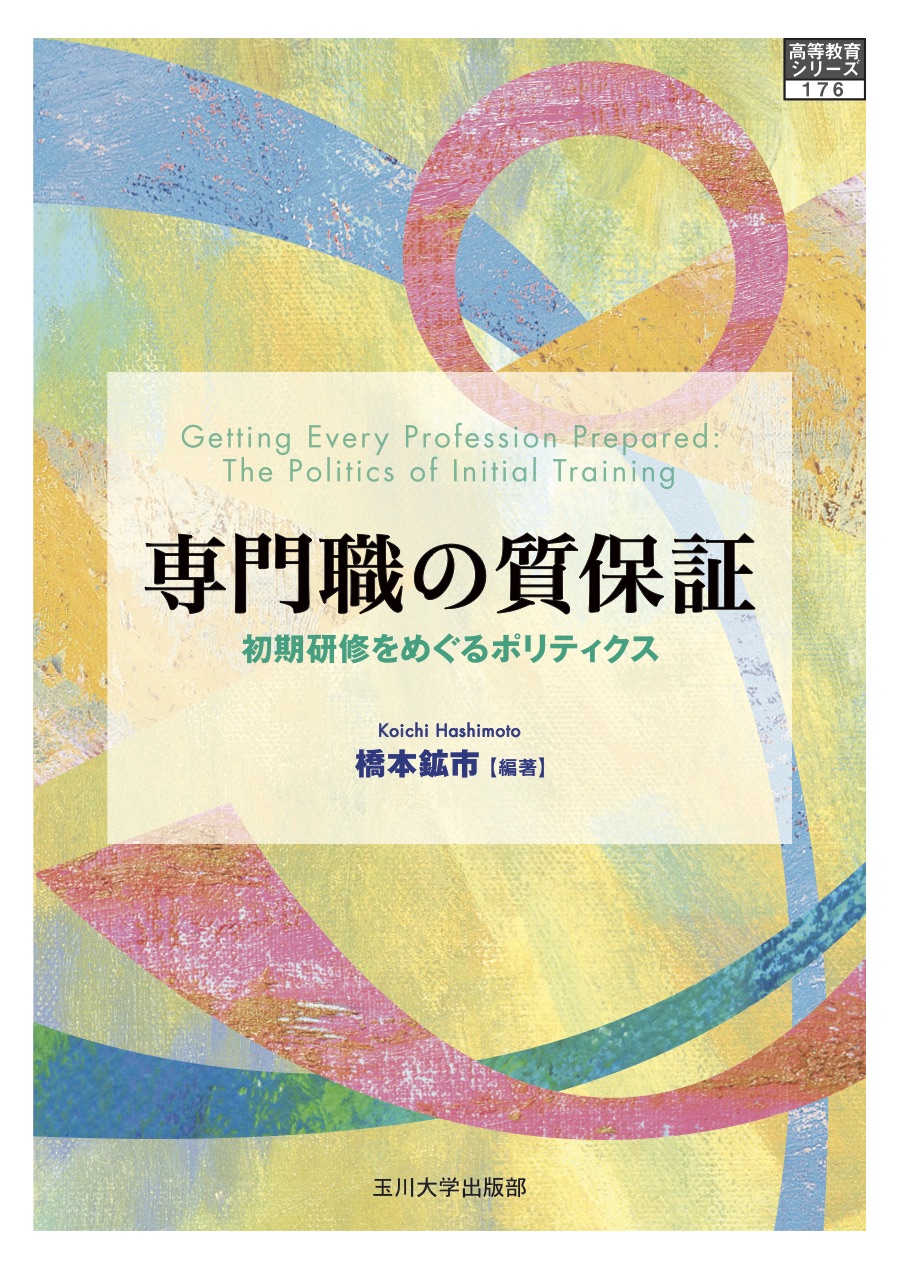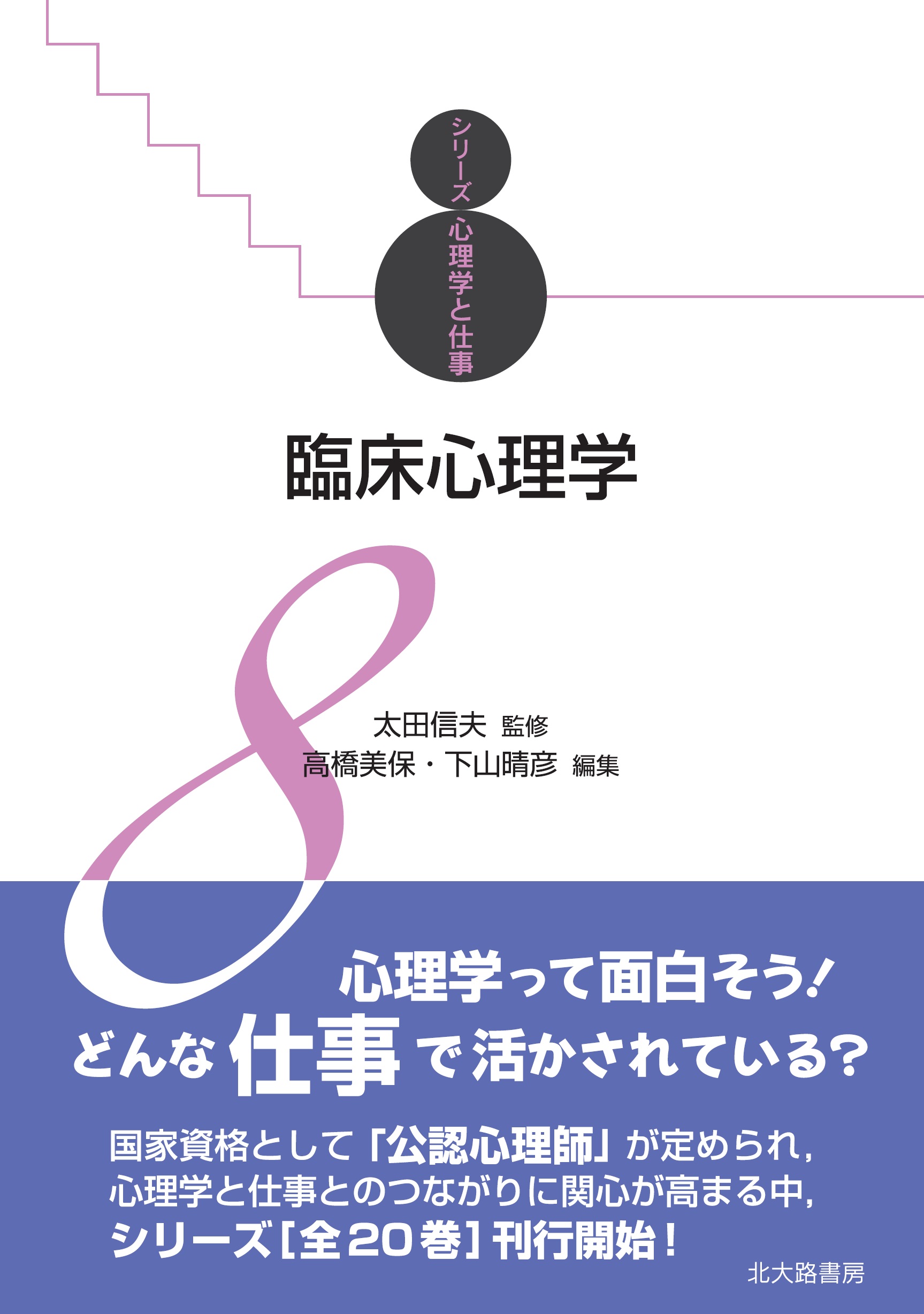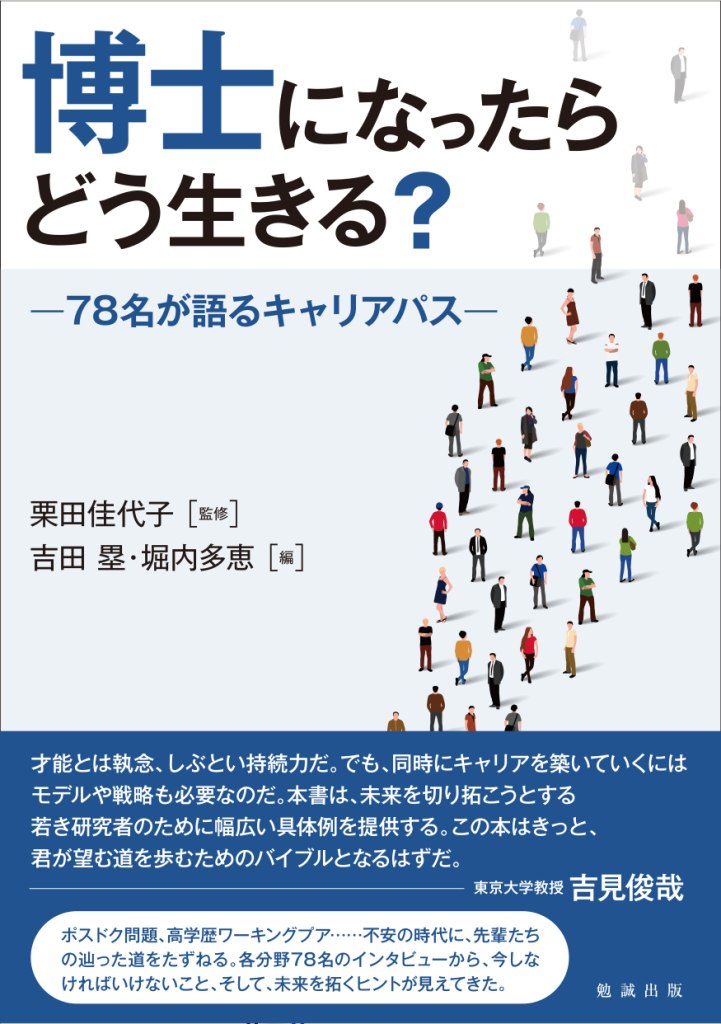
Title
Senmonshoku no Hosyu to Shyokuiki (Professionals’ Compensation and Occupational Domain)
Size
272 pages, A5 format
Language
Japanese
Released
September 16, 2015
ISBN
978-4472405266
Published by
Tamagawa University Press
Book Info
See Book Availability at Library
Japanese Page
Today, professionals such as doctors and lawyers struggle in the midst of major social changes. Across all sectors, there is a growing array of public and private occupational licenses, and there is considerable overlap in the scope of various occupations. Consequently, it has become harder to establish a monopoly of work unlike previously, and the compensation for such work is on the decline. In this context, “scope of occupation” refers to the scope in which professions claim competence on the basis that their knowledge and skills fall within their scope, while “compensation” refers to the fees that professionals are entitled to from clients in return for the knowledge and skills they have provided. However, this is not to say that a given set of knowledge and skills has any particular meaning in and of itself. Knowledge and skills only have significance insofar as an occupational group has acquired, transferred, and practiced such knowledge and skills as the result of monopolizing and enclosing them, and it is by undertaking this process successfully that an occupational group gains social recognition and status as a “profession.” Thus, if a professional group wishes to keep its status secure, it must continually assert its scope of occupation and justify its compensation as commensurate with its knowledge and skills. Such activities are not a recent issue; looking back in history, we find that this process has continued unabated from early modern times to the present. How, then, has each profession attempted to gain social approval for the claim that its knowledge and skills are worthy of compensation? In addition, how widely has a profession asserted its scope (or how much of an adjacent scope of work has it captured)? The author of this book believes that it is this very act of assertion that holds the key to understanding the actualities of professional knowledge and skills.
This book features the work of eight researchers who shared their tasks from the above perspective. The researchers conducted their own historical-sociological inquiries into the scope of discourses on various occupations and the compensations therein. This book covers a wide range of professions, from the traditional or representative professions to those that have only recently gained recognition as such; specifically, there are nine professions discussed here: doctors, lawyers, clergy, teachers who work in compulsory education, high-school teachers, registered dieticians, nurses, childcare workers, and social and welfare workers. Focusing on the point in time when each occupational scope and its compensation became institutionally established, the authors carefully unravel the assertions (or verbal discourse) set forth by each professional group in their bulletins or official minutes. In this way, the authors reveal what it was that each professional group claimed at a national level; they also show the logic within these claims that justified their scope of occupation and compensation. Additionally, the authors sought to give readers an insight into the institutional restrictions and cultural particularities that have underpinned professions and other occupational groups in Japan since early modern times.
This book forms the second part of “The Japanese-Style Structure of Professional Training” (Senmonshoku yōsei no nihonteki kōzō), which the author compiled in 2009. Both parts report research on professions, and it is hoped that this work will offer material and insights that provide context to the recent discourse on professions.
(Written by HASHIMOTO Koichi, Professor, Graduate School of Education / 2018)



 Find a book
Find a book






